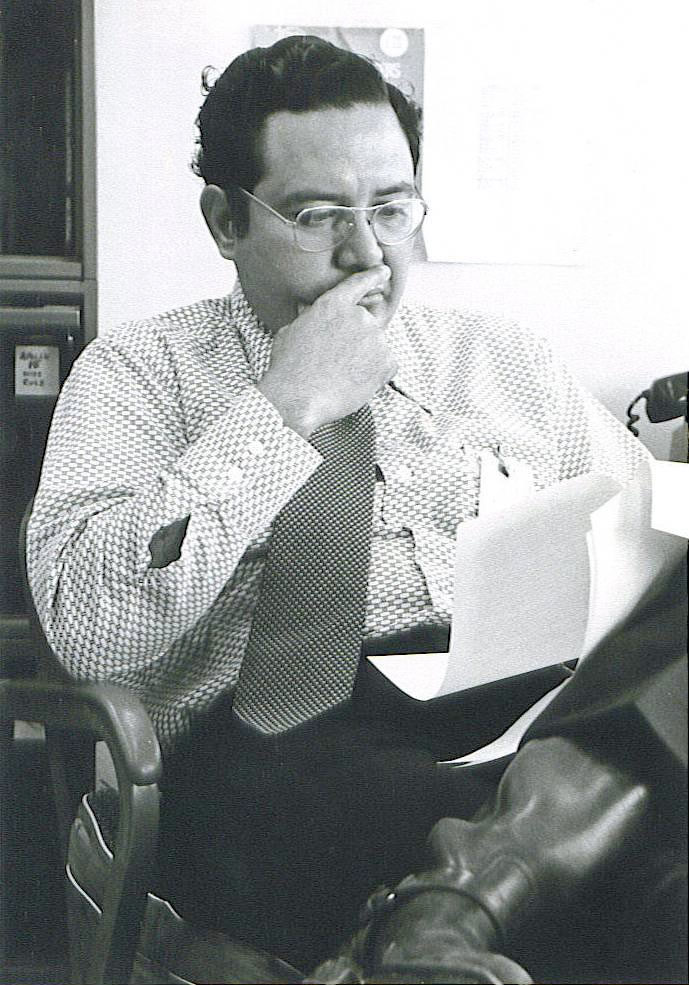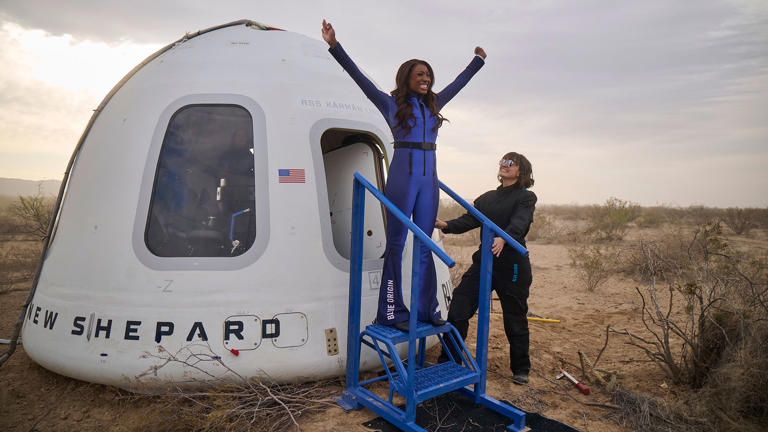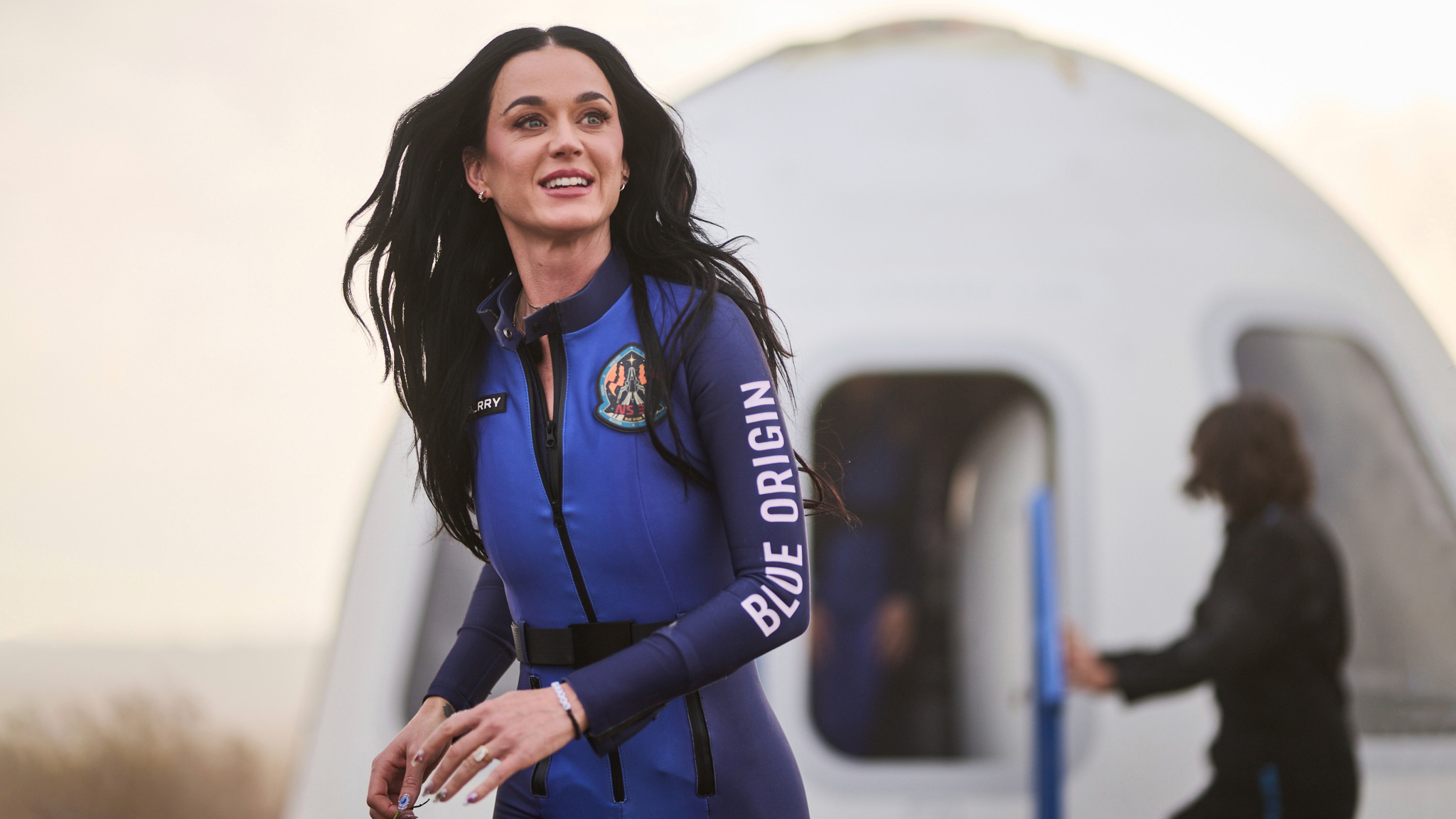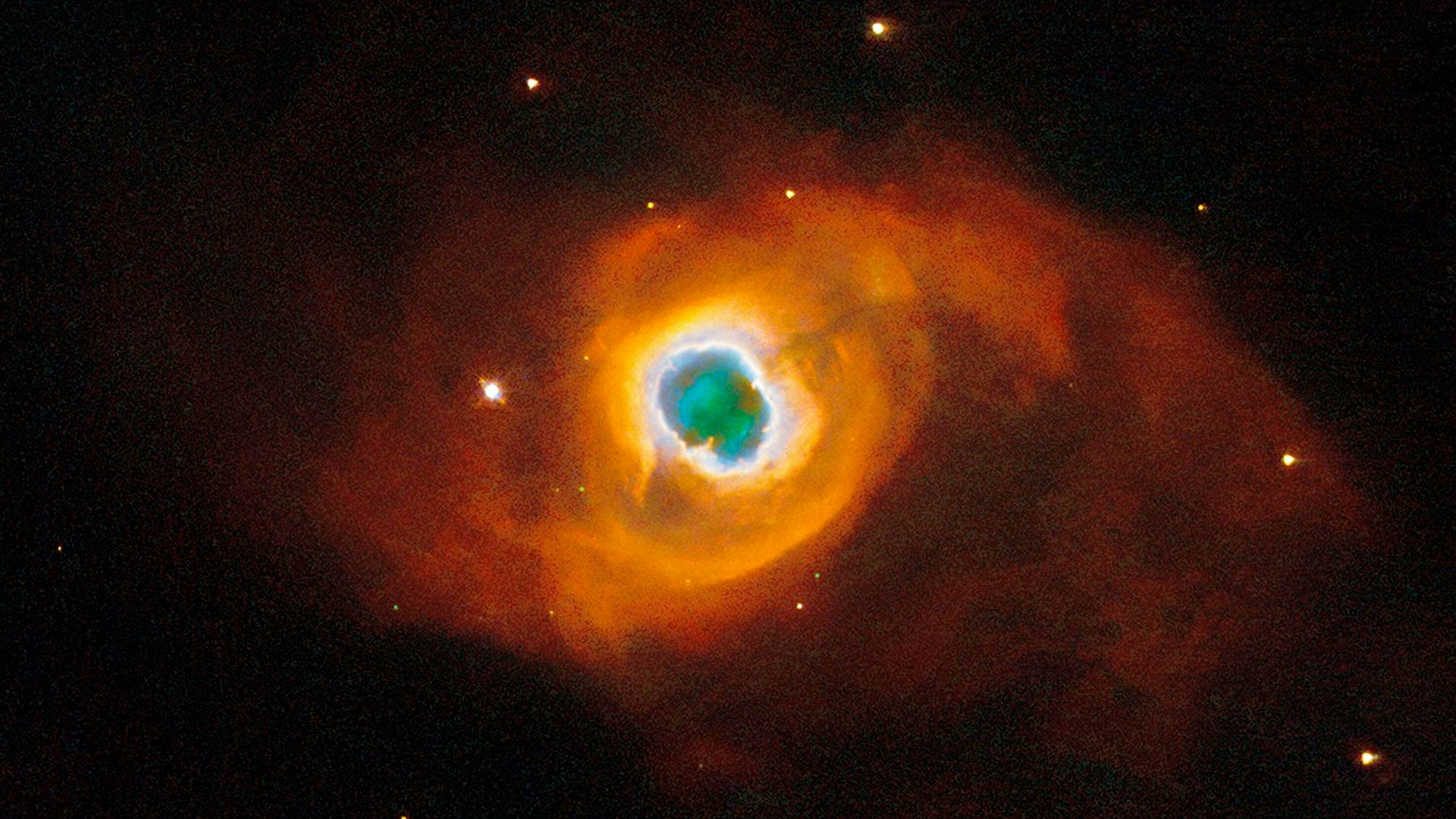'Moonikin' flying on NASA's Artemis 1 named for Apollo 13 engineer

The public has voted to honor an Apollo 13 engineer on board NASA's first mission to fly to the moon and back in more than 50 years.
More than 300,000 people participated in the online competitive bracket contest, which selected the official name for the manikin launching on NASA's Artemis 1 mission. The winning name memorializes one of the figures whose contributions were key in bringing home the Apollo 13 crew after they "had a problem" on the way to the moon.
"This contest, which is helping pave the way for a human return to the moon, also honors an important individual in our NASA family — Arturo Campos," Brian Odom, acting chief historian at NASA's Marshall Space Flight Center in Huntsville, Alabama, said in a NASA statement. "It is a fitting tribute that the data gained from Artemis 1 will help us prepare to fly astronauts — including the first woman and first person of color — to the moon, where we will get ready for Mars."
In photos: NASA's SLS megarocket core stage arrives in Florida for 1st Artemis moon mission
"Commander Moonikin Campos" will fly aboard NASA's Artemis 1 Orion capsule atop the first Space Launch System (SLS) rocket. Campos will be strapped into the commander's seat and wear an Orion Crew Survival System suit — the same bright orange pressure suit that Artemis astronauts will use during launch, entry and other dynamic phases of their missions.
Campos will also be equipped with two radiation sensors and have additional instrumentation under its headrest and behind its seat to record acceleration and vibration data throughout the mission. The manikin's experience will help NASA better protect astronauts during Artemis 2, the first mission that will send a crew around the moon since the end of the Apollo lunar missions in 1972.
The real Campos, who in 2004 died of a heart attack at the age of 66, wrote the procedures to transfer the power from the Apollo lunar module batteries to the command module, enabling Apollo 13 astronauts Jim Lovell, Fred Haise and Jack Swigert to reach a safe splashdown. Campos' emergency checklist was needed after an oxygen tank exploded midway to the moon, switching the 1970 mission from an attempt at a lunar landing to one of survival.
Get the Space.com Newsletter
Breaking space news, the latest updates on rocket launches, skywatching events and more!
"When they called me up, I rewrote the plan on the spot," NASA quoted Campos as saying. "I had written procedures for that eventuality a year before."

Campos, who was the electrical power subsystem manager for the lunar module, and his colleagues in the Mission Evaluation Room and Mission Operations Control Room at the Manned Spacecraft Center (today, Johnson Space Center) in Houston were awarded the Presidential Medal of Freedom for their efforts.
At the time, Campos was one of the few Mexican-American employees at the NASA center. Proud of his heritage, he served as the first president of the League of United Latin American Citizens Council 660, a chapter composed of Mexican-American engineers at NASA that awarded scholarships to Hispanic students to pursue higher education.
Campos' final challenge in the naming contest was "Delos," a reference to the island where twins Apollo and Artemis were born, according to Greek mythology.
The other six names that competed for votes included: "ACE" (Artemis Crew Explorer); "Duhart" (for Irene Duhart Long, a chief medical officer at Kennedy Space Center in Florida); "Montgomery" (for Julius Montgomery, the first African American to work as a technical professional at the Cape Canaveral Air Force Station [today, Space Force Station]); "Rigel" (a star in the constellation Orion); "Shackleton" (a crater at the moon's South Pole, itself named after Antarctic explorer Ernest Shackleton); and "Wargo" (for Michael Wargo, NASA's first chief exploration scientist).
Commander Moonikin Campos' "crew" on Artemis 1 will include "Zohar" and "Helga," two female-bodied model human torsos, called "phantoms." Named by the Israel Space Agency (ISA) and the German Aerospace Center (DLR), respectively, they will support the Matroshka AstroRad Radiation Experiment, a study collecting data on radiation levels during flights to the moon.
Artemis 1, which is targeted for launch no earlier than late November, will be the first integrated test of NASA's deep space exploration systems. The Artemis 1 Orion spacecraft will fly farther than any spacecraft built for humans has flown — exceeding the record distance set by Apollo 13 of 248,655 miles (400,171 kilometers) beyond Earth by about 30,000 more miles (48,000 km).
Follow collectSPACE.com on Facebook and on Twitter at @collectSPACE. Copyright 2021 collectSPACE.com. All rights reserved.
Join our Space Forums to keep talking space on the latest missions, night sky and more! And if you have a news tip, correction or comment, let us know at: community@space.com.

Robert Pearlman is a space historian, journalist and the founder and editor of collectSPACE.com, a daily news publication and community devoted to space history with a particular focus on how and where space exploration intersects with pop culture. Pearlman is also a contributing writer for Space.com and co-author of "Space Stations: The Art, Science, and Reality of Working in Space” published by Smithsonian Books in 2018.In 2009, he was inducted into the U.S. Space Camp Hall of Fame in Huntsville, Alabama. In 2021, he was honored by the American Astronautical Society with the Ordway Award for Sustained Excellence in Spaceflight History. In 2023, the National Space Club Florida Committee recognized Pearlman with the Kolcum News and Communications Award for excellence in telling the space story along the Space Coast and throughout the world.










